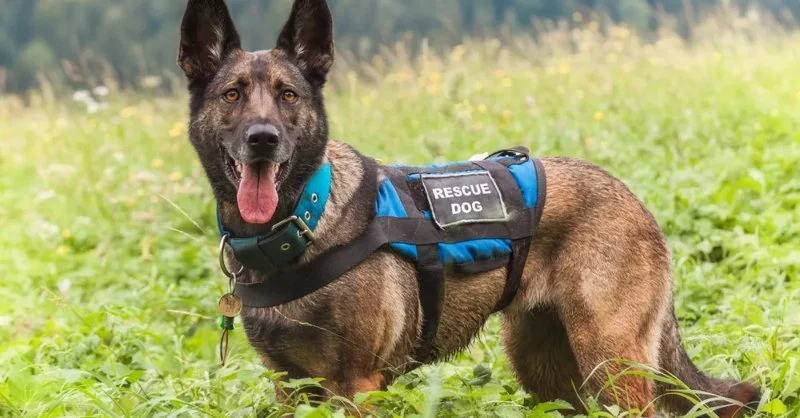
- 1-Introduction
- 2-Understanding Rescue Dogs and Their Challenges
- 3-Steps for Retraining a Rescue Dog
- 4-Techniques for Overcoming Behavioral Issues
- 5-When to Seek Professional Help for Dog Training



Learn how to recognize the signs of pain in your pet when they can't speak. Discover common symptoms, what to do if you suspect pain, and when to consult a vet. Visit Pet & Puppy for expert pet care advice.

Learn how to build confidence in a shy pet. Discover effective strategies to help your shy or anxious pet feel more comfortable, secure, and confident.

"Learn how to build confidence in a shy pet with these expert tips. Discover effective techniques to help your pet overcome shyness and thrive in any situation."

Struggling with pet allergies in a multi-pet home? Learn effective tips and strategies to reduce pet allergy symptoms, improve air quality, and make living with pets more comfortable.

Learn how to find the right veterinary specialist for your pet's needs, whether it's cardio, ortho, or neuro. Expert tips on choosing the right vet for your pet’s health.

Learn how to use behavior tracking apps to monitor your pet’s mood and improve their well-being. Discover how these apps can help you track your pet's emotions and behaviors for better pet care.
 Green Lawn Animal Clinic4.0 (110 reviews)
Green Lawn Animal Clinic4.0 (110 reviews) Puppy Time Puppies4.0 (43 reviews)
Puppy Time Puppies4.0 (43 reviews) Pride Animal Hospital4.0 (103 reviews)
Pride Animal Hospital4.0 (103 reviews) Animal Care Hospital of Phoenix4.0 (482 reviews)
Animal Care Hospital of Phoenix4.0 (482 reviews) Daisy Mountain Veterinary Hospital4.0 (413 reviews)
Daisy Mountain Veterinary Hospital4.0 (413 reviews) Midway Veterinary Clinic4.0 (220 reviews)
Midway Veterinary Clinic4.0 (220 reviews) Top 10 Mistakes New Pet Owners Make & How to Avoid Them
Top 10 Mistakes New Pet Owners Make & How to Avoid Them How to Use Behavior Tracking Apps for Pets: Monitor Health & Behavior
How to Use Behavior Tracking Apps for Pets: Monitor Health & Behavior Why Some Pets Reject New Food & How to Smooth the Transition
Why Some Pets Reject New Food & How to Smooth the Transition Evaluating New "Functional" Pet Foods: Trends & Claims
Evaluating New "Functional" Pet Foods: Trends & Claims Tips for Reducing Pet Allergy Symptoms in Multi-Pet Homes
Tips for Reducing Pet Allergy Symptoms in Multi-Pet Homes How to Build Confidence in a Shy Pet: Effective Tips and Techniques
How to Build Confidence in a Shy Pet: Effective Tips and Techniques